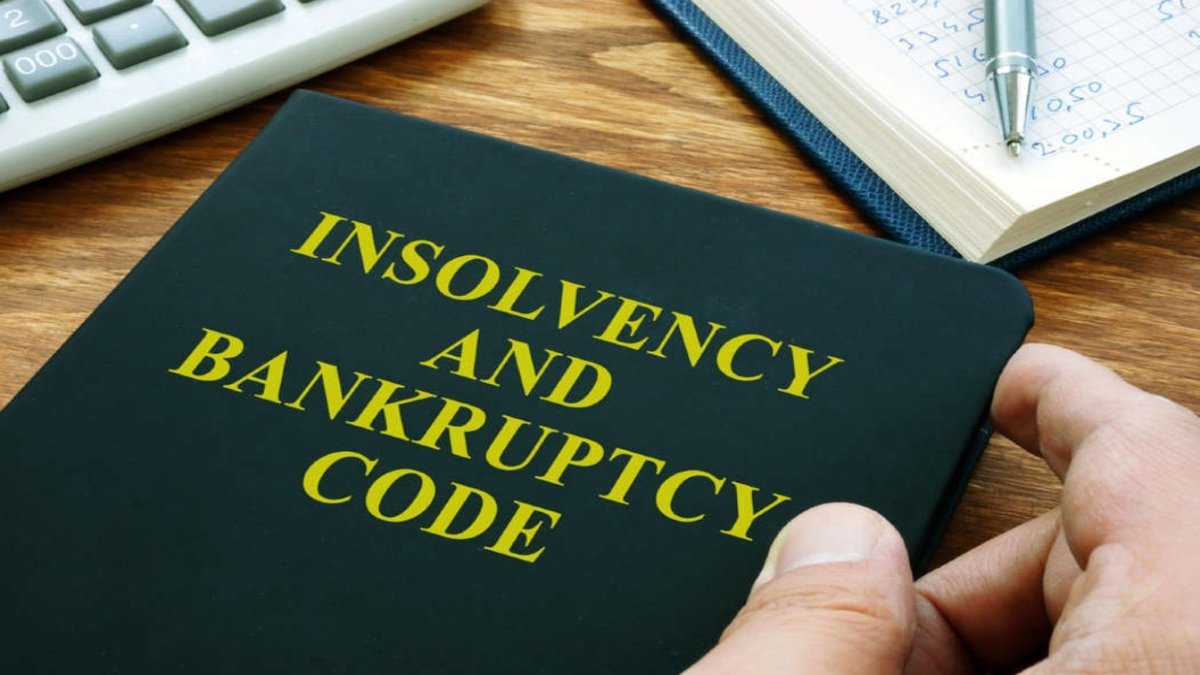
Insolvency and Bankruptcy Law: Legal Framework for Financial Distress
Insolvency and Bankruptcy Law governs the legal processes that take effect when individuals or businesses are unable to repay their debts. It provides mechanisms for debt restructuring, asset liquidation, and financial rehabilitation to ensure fair treatment of creditors while offering a fresh start to debtors.
Insolvency refers to a financial state where liabilities exceed assets, making it impossible to meet financial obligations. Insolvency can be either cash-flow insolvency (inability to pay debts as they fall due) or balance-sheet insolvency (total liabilities exceeding total assets). Bankruptcy, on the other hand, is a formal legal declaration of insolvency, initiated by either the debtor or creditors, leading to court-supervised debt resolution.
Most jurisdictions provide two primary approaches to insolvency resolution: liquidation and reorganization. Under liquidation, assets are sold to repay creditors, and the business or individual ceases operations. Reorganization allows restructuring of debts through negotiated settlements, enabling businesses to continue operations while repaying creditors over time. In corporate insolvency, legal provisions such as the U.S. Chapter 11 Bankruptcy Code and the Insolvency and Bankruptcy Code (IBC) in India facilitate restructuring processes, ensuring financial stability and protecting stakeholders.
Insolvency and bankruptcy laws play a crucial role in maintaining economic stability by preventing financial crises, protecting creditors' rights, and offering debtors a structured path to financial recovery. These laws also promote responsible lending and borrowing practices, fostering trust in financial and business ecosystems.
Major International Bankruptcy Laws and Frameworks
✅ Chapter 7 (Liquidation) – Assets are sold to repay creditors, and debts are discharged.
✅ Chapter 11 (Reorganization) – Businesses restructure debts while continuing operations under court supervision.
✅ United Kingdom – Insolvency Act 1986 & Administration Process Provides options such as administration, company voluntary arrangements (CVAs), and liquidation.
✅ European Union – European Insolvency Regulation (EIR) Standardizes cross-border insolvency proceedings among EU member states.
✅ India – Insolvency and Bankruptcy Code (IBC), 2016 Introduces time-bound insolvency resolution for individuals and corporations.
✅ Canada – Bankruptcy and Insolvency Act (BIA) Regulates consumer and corporate insolvency procedures.

